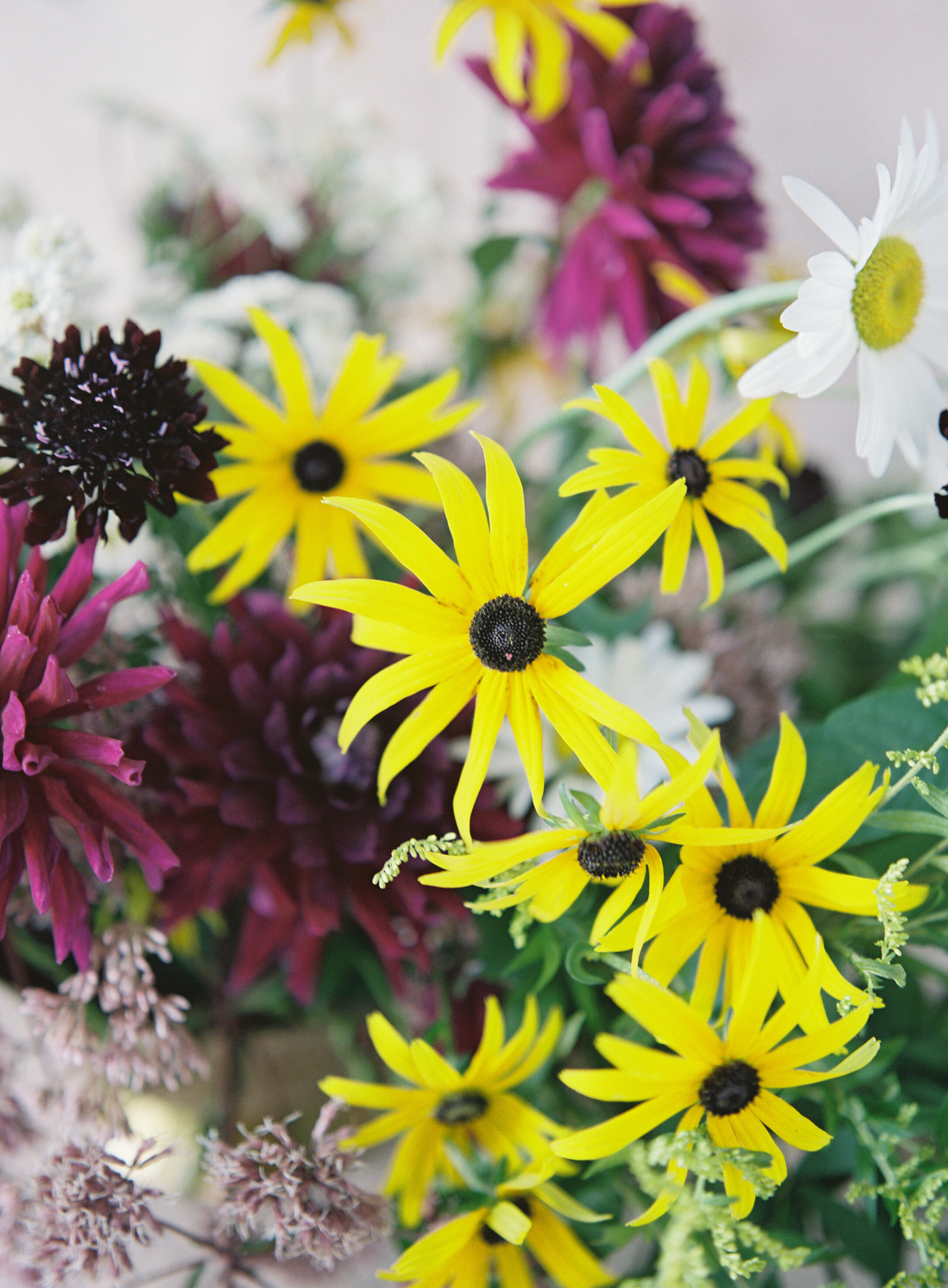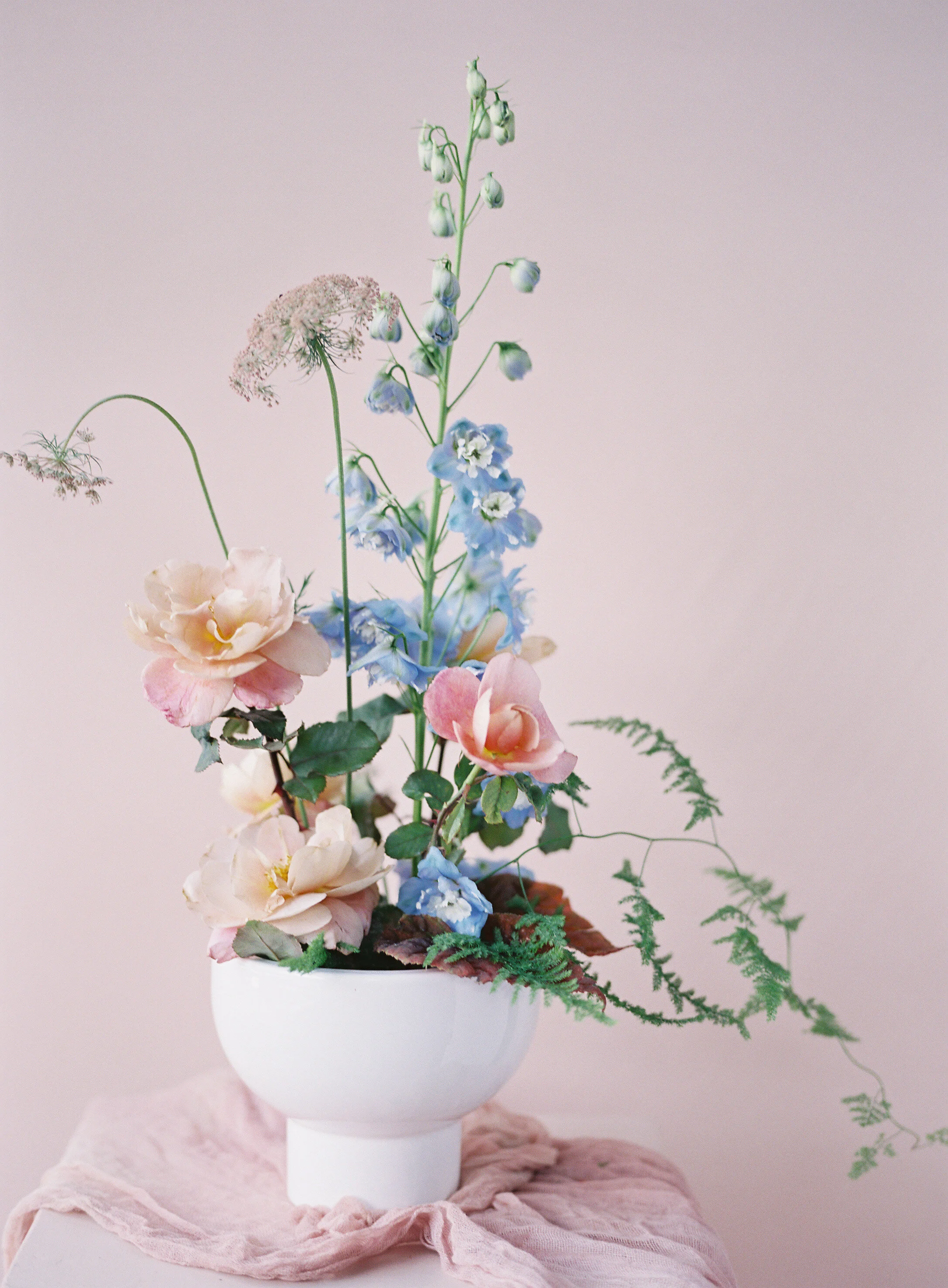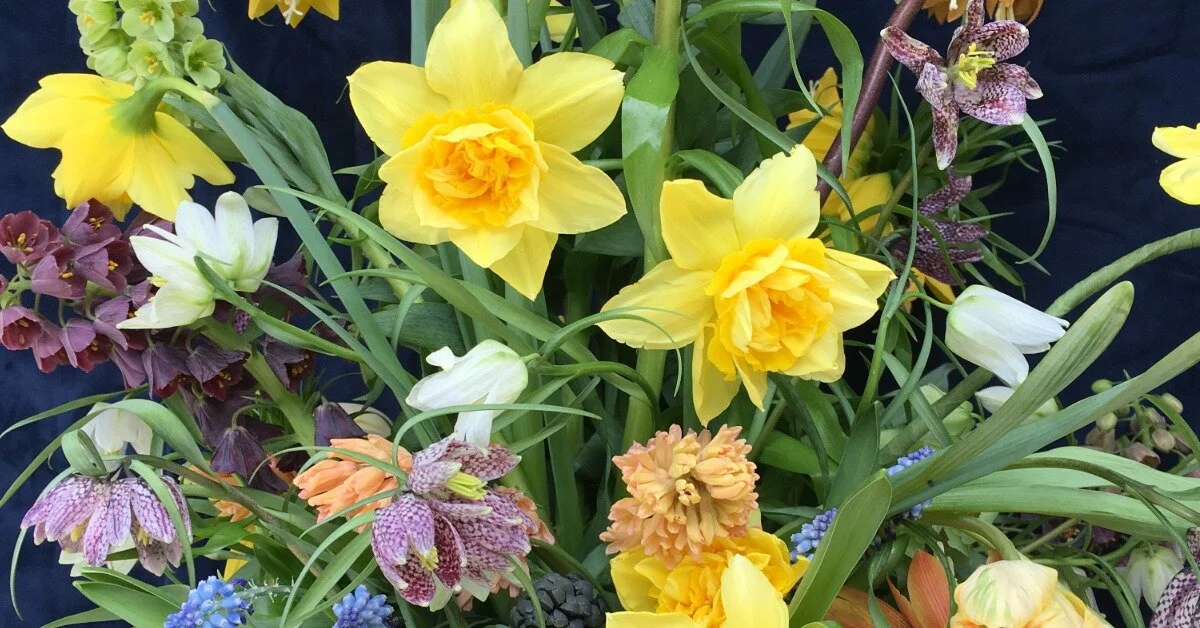Top Tips for Starting a Cut Flower Garden
Heather Payne Photography
Design: Philosophy Flowers
Wondering if you should start a cut flower garden?
A recent surge in backyard gardening means many home gardeners are taking a fresh approach to the types of gardenscapes they cultivate in their own backyards.
Of course, there are many different kinds of backyard gardens to grow, and each has its own function. For example, a cut flower garden—in which plants are grown specifically to produce flowers for harvesting—is different from a garden meant for landscape purposes, pollinators, or edible consumption.
Have specific projects that require access to fresh or dried flowers? Love fresh flower bouquets around the home? Are you a professional floral designer looking to supplement your ordered blooms? Want to build seasonal wreaths to share with friends and family? Then growing a cut flower garden might be the perfect place to begin.
Just like any garden, cut gardens require well-amended soil, access to consistent sunlight, and frequent watering. During the summer months, plants will benefit from added fertilizer or compost. Luckily, the same gardening tools used in other garden beds will work well in a cut garden, too. But what else should a new gardener consider when starting a cut garden to ensure bountiful blossoms, stems, and leaves all summer long?
Helpful Tips for Starting a Cut Flower Garden
Plant with the end in mind
Knowing what colors, textures, and scents to capture in a bouquet helps narrow which flowers to grow in the garden—and it saves time and money. Growing a smaller, more focused range of flowers in a first-time cut garden means experimenting with blossoms and adjusting selections each subsequent growing season.
A great way to start planning a cut garden is to visit local flower nurseries. Many flower marts carry a wide array of zone temperate flowers ideal for harvesting (cutting). Consider also perusing seed catalogues to find visually appealing flowers that might not be readily available locally. Some garden design centers even offer pre-planned design templates for gardeners to use when starting a new garden.
Heather Payne Photography
Design: Plant Spirit Medicine
Select flowers to bloom throughout the growing season
A cut garden is a perfect way to ensure there are always fresh flowers on hand for design-projects, like bouquets. That’s why choosing flowers to bloom at various points during the season is vital for maintaining a steady supply of cut flowers.
Keep this part of the new cut garden simple. Grow flowers that thrive early in the summer—when evenings are still cool—as well as those that do best in mid-summer, when days are hot and nights are short.
And of course, don't overlook fall blooms, either! Using a mixture of both annual and perennial flowers is another common way to provide consistent blossoms throughout the growing season.
Start growing your garden inside
Sowing seeds indoors extends the growing season's length and promotes flower diversity in both gardens and design projects. Starting indoors is especially important for first-time cut gardeners in cooler climates, where planting cold-sensitive flowers too early in the season will prevent blossoms from reaching maturity.
With just a few extra supplies (think seed trays and seed starting soil) and a bright, sunny windowsill, starting flowers indoors is a simple way to begin a new garden. The best part of starting a cut garden indoors? Spending the winter months reading seed catalogues to find the perfect plants for the garden!
Harvest flowers frequently
Get the most out of a cut garden by frequently harvesting the flowers. In fact, some flowers, especially annuals, produce more blooms when cut often. The more flowers cut, then the more grow. So don't hold back when cutting fresh flowers. For some varieties, it actually helps add blossoms.
While common kitchen scissors will work, it’s best to use a gardening tool specifically designed for cutting flowers, such as snippers or pruners. Make sure to thoroughly clean the gardening tool between each flower harvest to prevent spreading diseases between plants.
Heather Payne Photography
Common Cut Garden Flowers
While the selection of flowers to include in a cut garden is personal and depends on the growing zone, there are some easy-to-grow favorites that look great in bouquets or wreaths. Select flowers for their ease of care, visual interest, mood or tone, and floral scent.
Among the easiest flowers to grow for beginners are cosmos, daisies, and sunflowers. Each of these plants can be added to a garden with minimal long-term maintenance.
Add visual interest with blossoms with a distinct shape and vibrant colors, such as a globe or sphere. Gomphrena, echinops, snapdragons, poppies, zinnias, and delphinium are all prized for their showiness, and each works well in hand-designed bouquets.
Want to grow flowers to create a certain mood? Try Queen Anne's lace, strawflower, or amaranth.
Are you looking for a way to add pleasing floral scents to a project? Peonies, eucalyptus, or Asiatic lilies grow easily and produce delightful aromatic scents. And don't overlook exceptionally hardy native plants, such as yarrow or rudbeckia, which can easily withstand extreme changes in weather or precipitation.
After successfully growing a cut garden for a few seasons, consider slowly adding flowers that require more care, such as dahlias or roses!
With a little planning, growing a cut garden can be an easy and enjoyable way to develop a steady source of fresh cut flowers to use in bouquets, wreaths, or any flower-based creative project.









